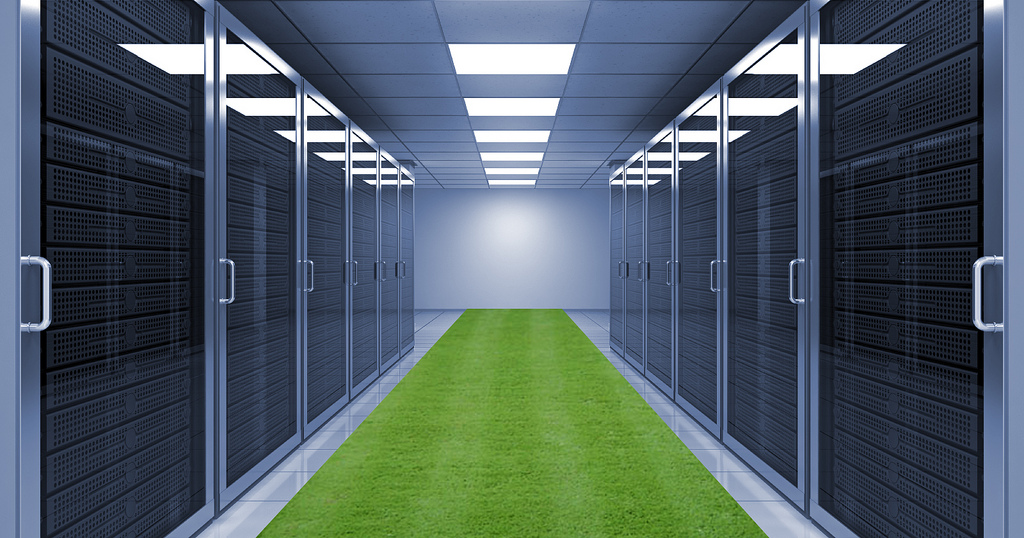 NEWS
NEWS
 NEWS
NEWS
 NEWS
NEWS
A few years ago, Facebook became the first “Web giant” to realize that data center infrastructure vendors were going to be unable to keep up with its computing requirements. In response, it launched a new project to redesign its data centers so they were not only scalable to meet its needs, but were also more power efficient and cost effective.
Facebook’s efforts were so successful that it ultimately decided to share its new-found data center design knowledge with the rest of the world, creating the Open Compute Project (OCP) in 2011 to share its designs. Facebook was joined by the likes of Intel, Rackpace Inc., and Goldman Sachs in this initiative, positioning it as the benchmark for highly scalable, energy efficient computing setups built using commodity hardware.
Now, almost five years after this effort, Google has decided to jump on board, contributing an internal specification for rack-based computing. Google is offering up specifications for a 48V rack power distribution unit, along with a new form factor that can accommodate OCP racks.
Google’s technical program manager John Zipfel said the company has been using the design in its own data centers for years, but revealed it’s only now that it’s confident enough in its stability to release it to the rest of the world.
“It makes sense to standardize this new design by working with OCP,” Zipfel said, noting that the entire industry is struggling to deal with increasingly high-power workloads. “We believe this will help everyone adopt this next generation power architecture and realize the same power efficiency and cost benefits as Google.”
Zipfel claimed that the 48V rack power distribution system offers up to 30 percent more energy efficiency than current 12V systems.
Google’s contribution is an initial “first step” for the company, but it will explore other areas in which it can contribute to the OCP, including those that involve network and server management systems, Zipfel said. He pointed to a newly launched initiative to develop a new class of data center disk technologies optimized for the cloud as one area where Google might be able to help.
Google is interested in the impact that physical changes to disk drives might have on energy consumption and performance, such as taller drive designs, Zipfel said. It’s aim is to work with vendors to design disks that offer more capacity and more I/O operations per second, with a reduced cost of ownership than current hardware provides.
Support our mission to keep content open and free by engaging with theCUBE community. Join theCUBE’s Alumni Trust Network, where technology leaders connect, share intelligence and create opportunities.
Founded by tech visionaries John Furrier and Dave Vellante, SiliconANGLE Media has built a dynamic ecosystem of industry-leading digital media brands that reach 15+ million elite tech professionals. Our new proprietary theCUBE AI Video Cloud is breaking ground in audience interaction, leveraging theCUBEai.com neural network to help technology companies make data-driven decisions and stay at the forefront of industry conversations.